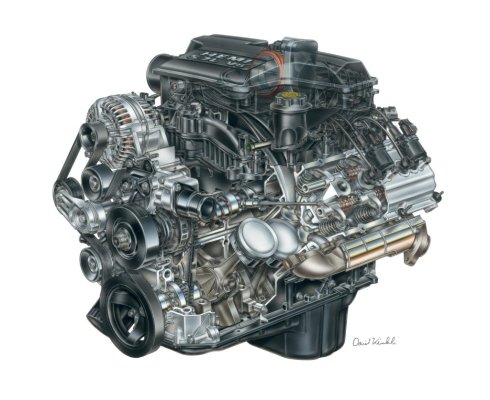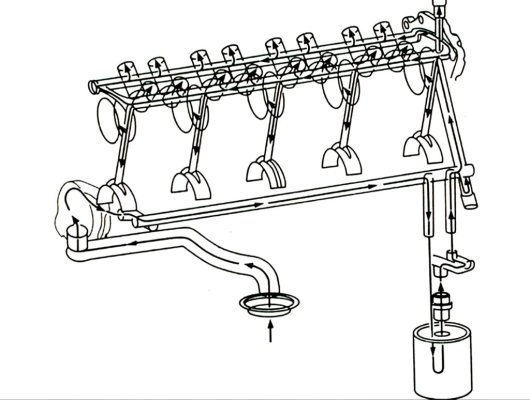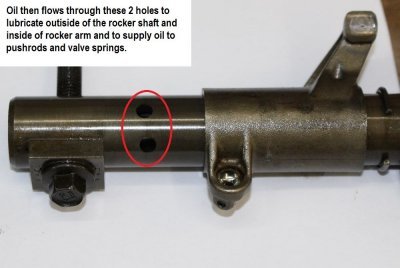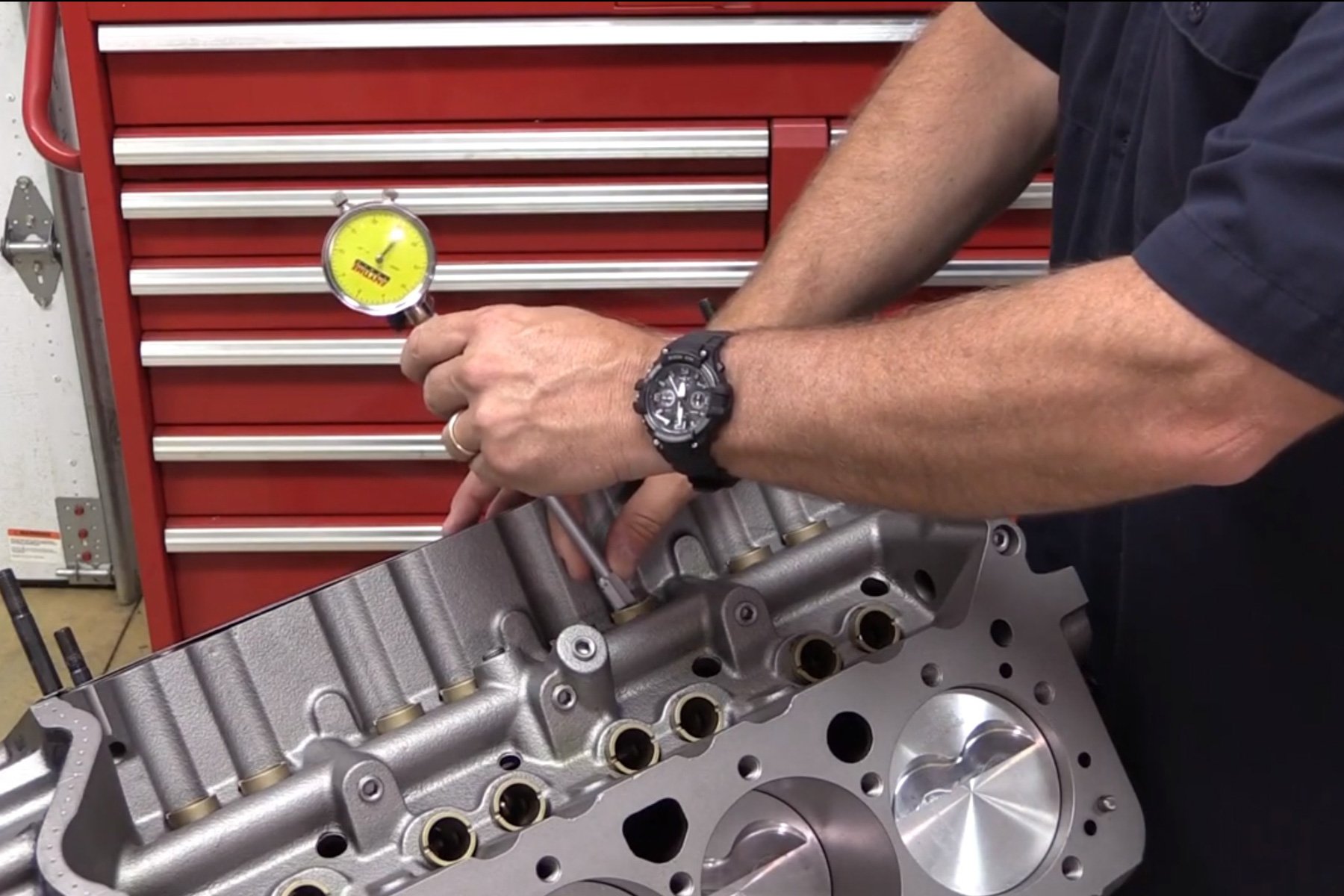wes8398
Member
Happy New Year to anyone reading. I have some questions that the Google machine doesn't seem to be able to answer to my satisfaction, so I thought I would ask here. I'd prefer this doesn't turn into another arguement about what causes the lifter-eating-cam situations, but I guess we'll see how that goes. Anyway, my questions:
1) Does oil that's fed through the pushrods and into the lifter bodies make its way *through* the lifter and onto the rollers, or does it hit a dead end at the bottom of the lifter?
2) How much pressure is behind the oil in the galleries which contain the lifter bores?
3) Would oil that leaks between the lifter body and lifter bore more likely "drip" or "spray" out of the bottom end of the bores?
4) Does anyone have a good cutaway or schematic of the valve train oil supply on these G3 Hemi engines? (there's surprisingly very little in google image results)
1) Does oil that's fed through the pushrods and into the lifter bodies make its way *through* the lifter and onto the rollers, or does it hit a dead end at the bottom of the lifter?
2) How much pressure is behind the oil in the galleries which contain the lifter bores?
3) Would oil that leaks between the lifter body and lifter bore more likely "drip" or "spray" out of the bottom end of the bores?
4) Does anyone have a good cutaway or schematic of the valve train oil supply on these G3 Hemi engines? (there's surprisingly very little in google image results)







